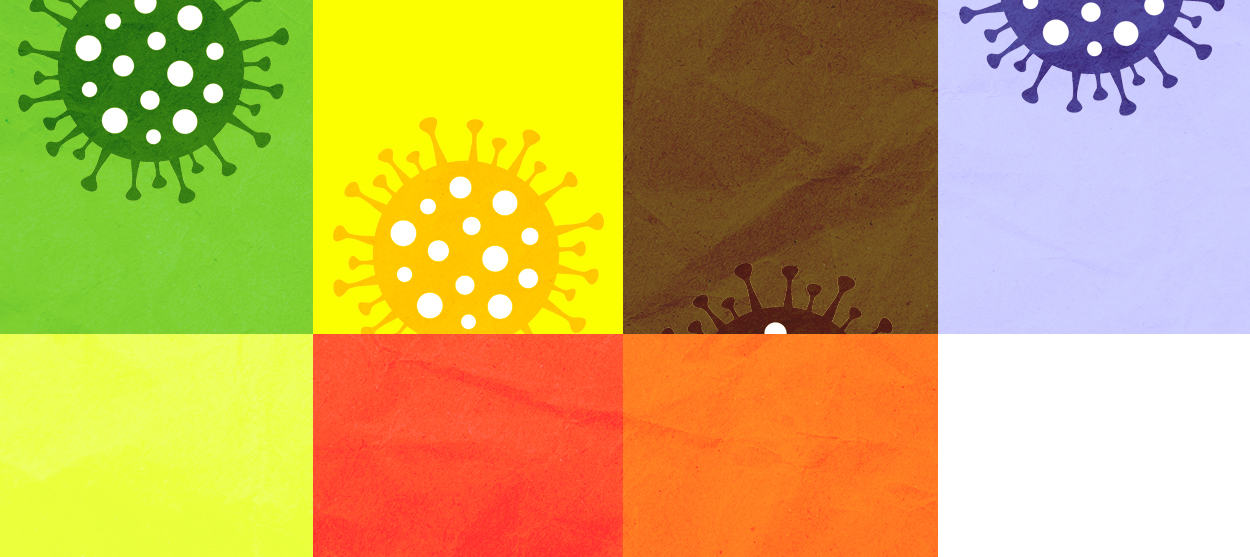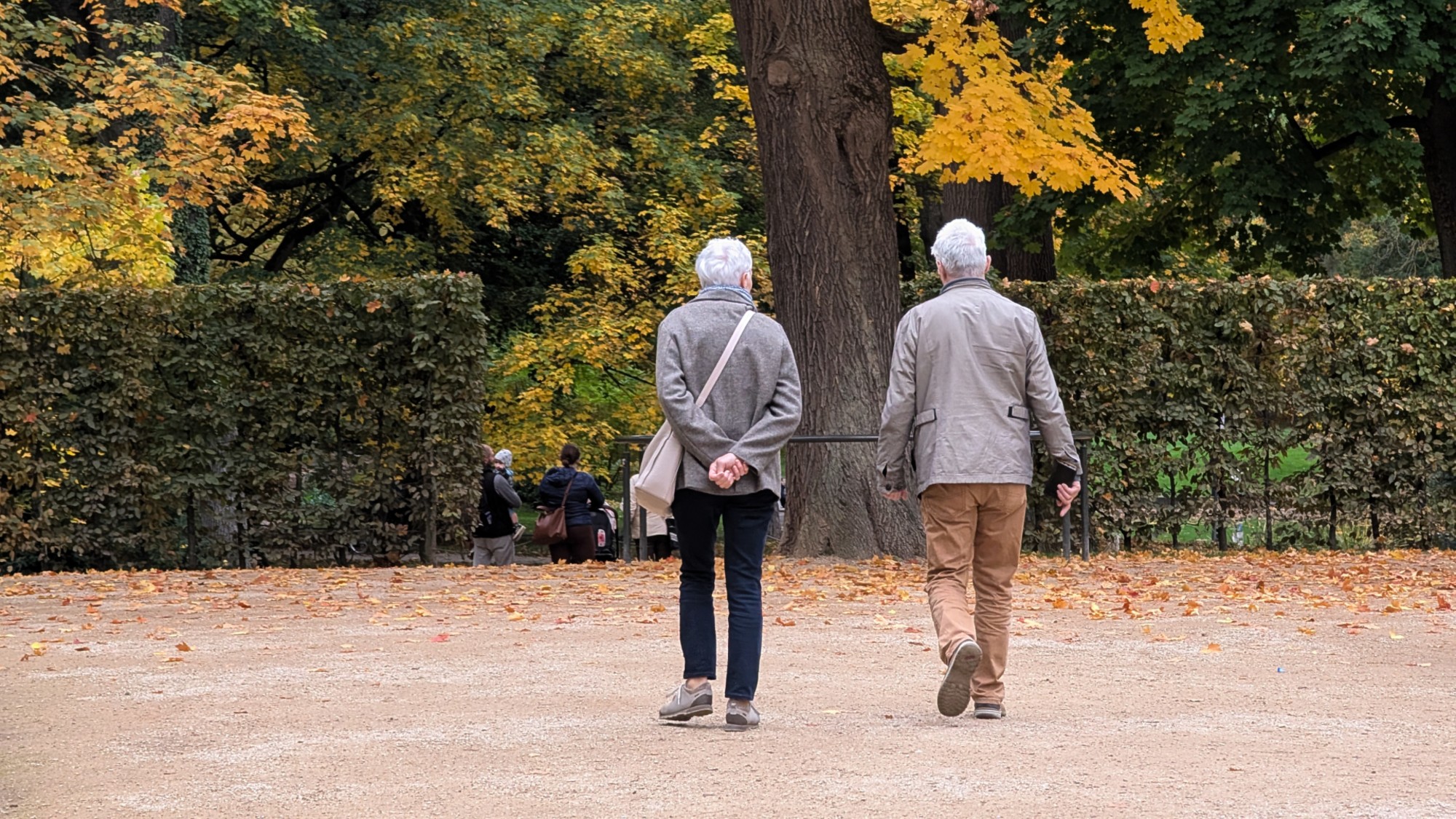America forgot the seasonality of COVID-19 — until it was too late
Winter is here


Early in the pandemic, we talked a lot about the potential seasonality of COVID-19. Other, more familiar coronaviruses (like those that cause the common cold) and respiratory infections (like the flu) have a seasonal cycle. That this virus could fluctuate seasonally as well has always been a strong possibility. I wrote about it myself, noting that perhaps summer was giving us a respite more than anything we were doing or neglecting between May and October.
Now it's late November, well into the cold season with which seasonality is concerned. But it's as if we've forgotten about the seasonality hypothesis. I can't recall the last time I organically encountered a mention of seasonality in anything I read about COVID-19. The caseload in the United States is reaching staggering new heights as cold weather arrives, and of course, public behavior and policy play a role in that surge. But why aren't we acknowledging (and talking about how to measure) the role seasonality may well be playing, too? And how is that attention gap affecting our choices for the worse?
Seasonality is the way it becomes easier to get some illnesses in the winter in places with temperate climates because of weather conditions and the dehumidifying effects of heating systems, especially blown air. "Dry and cold conditions during winter are the major drivers for increased respiratory tract infections as they increase virus stability and transmission and weaken the host immune system," explained a September study published by the journal Frontiers in Public Health. Exhaled airborne water droplets full of viruses take longer to fall when suspended in cold, dry air instead of warm, humid air, and that prolongs opportunities for inhalation and infection. (Viruses may also survive longer in colder temperatures, and winter has us spending more time indoors with a shared air supply.)
The Week
Escape your echo chamber. Get the facts behind the news, plus analysis from multiple perspectives.

Sign up for The Week's Free Newsletters
From our morning news briefing to a weekly Good News Newsletter, get the best of The Week delivered directly to your inbox.
From our morning news briefing to a weekly Good News Newsletter, get the best of The Week delivered directly to your inbox.
That Frontiers study concluded COVID-19 probably will be "prone to seasonal fluctuations" after the initial outbreak is over and herd immunity is obtained via infection and vaccine. But if COVID-19 is seasonal, the physics of water droplets in the air are the same now as they will be post-pandemic. It's not like seasonality is somehow "waiting" to take effect. Looking at the state or local level instead of the national scale, seasonality alone isn't enough to explain differing caseloads, but it's probably one relevant factor — a multiplier, not a creator. If you have no infections, cold temperatures can't create them ex nihilo. If you have a substantial rate of community transmission, however, that gives seasonality a very fertile substrate on which to work.
It's still too soon to say with complete certainty whether COVID-19 is a seasonal illness. Still, plenty of infectious disease experts think that's more likely than not, and seasonality does help make sense of what we're seeing right now. The states with the top per capita case rates are overwhelmingly in the northern half of the country. There are northern states with much lower numbers by this measure, especially in New England, but the trend on the map is unmistakable. Here in the upper Midwest, we've got an unbroken run of the worst numbers in the country along the Canadian border, where it's been chilly for weeks. The air is icy; the heat is cranked. The same will be true of all but the southernmost states within a month.
Yet as new lockdowns are introduced, seasonality seems to be largely ignored, and I can't help but wonder if this is another instance of pandemic paternalism, like the "noble lie" about masks or the FDA's only recently lifted prohibition of in-home testing. Perhaps the thinking is that if people believe seasonality makes a surge inevitable, they'll decided their vigilance (or lack thereof) is irrelevant and go about coughing in each other's faces.
An August article in Nature Communications warns of exactly this. Its recommendations for policymakers don't advise lying or outright denying the possibility of seasonality, but they certainly propose downplaying it for the public's unwitting good. "The signals of environmental drivers may be identifiable and interesting," it says — that is, there may be good evidence for seasonality — but "no matter how small an effect is found, or how carefully statements are qualified[,] scientists who choose to produce scholarship on the topic should be prepared to have their work misread and misrepresented as indicating that some places or seasons are safe from COVID-19."
A free daily email with the biggest news stories of the day – and the best features from TheWeek.com
That sounds an awful lot like a euphemistic way of saying politicians and the general public are too dumb and/or too fixated on politics to be trusted with data indicating seasonality is a factor in COVID-19's spread.
Even if that low assessment of our national character is fair — and obviously there are many, in governance and out, who have not comported themselves responsibly in this pandemic — it's risky to act on this advice. Massaging facts like this has a way of backfiring. People find out, and they don't like it. The mask lie was revealed, and it affected some unknown number of Americans' mask use habits for the worse. Moreover, declining to honestly explain the "basis for pandemic policies makes it harder for the public to evaluate what's being done. That means there's no good way to audit measures that may be poorly crafted or even dangerous," argued Roxanne Khamsi at Wired this month. It also undermines public confidence in health experts, Khamsi added, "and makes it harder to implement rules that do make sense."
Pandemic rules in many places are escalating as new cases spike. But what if the rules can't address the entirety of that spike? What if part of the reason the rules seem to be getting less logical despite us having more information is that they're not accounting for the impact of the weather? What if, given that community transmission was not eliminated when the weather was warm, seasonality means there is a floor in the winter case rate which no degree of lockdown can overcome?
If that's the case, some of these new rules may be layered on to no effect — except the ill effects of making our lives less recognizable and sowing needless doubt about public health measures that actually make a difference. That's not an argument against continued precautions to curb the viral spread. But it is a call to be realistic about how much good strict rules can do given current conditions and the necessity of some interactions to sustain life.
We are not helping ourselves if we imagine rules can accomplish more than they can. For public health and trust alike, we need transparency and discussion about COVID-19's seasonal spread.
Bonnie Kristian was a deputy editor and acting editor-in-chief of TheWeek.com. She is a columnist at Christianity Today and author of Untrustworthy: The Knowledge Crisis Breaking Our Brains, Polluting Our Politics, and Corrupting Christian Community (forthcoming 2022) and A Flexible Faith: Rethinking What It Means to Follow Jesus Today (2018). Her writing has also appeared at Time Magazine, CNN, USA Today, Newsweek, the Los Angeles Times, and The American Conservative, among other outlets.



